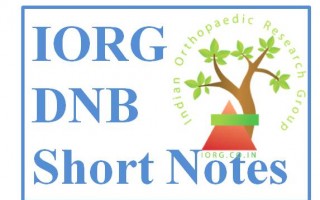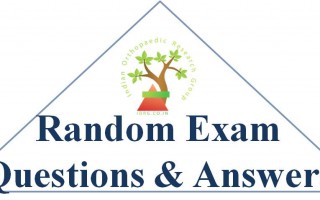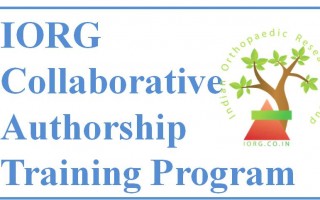June 2007
Paper I
1. DIC
2. Enumerate bleeding disorders . How will you manage a grossly arthritic Knee in haemophilia?
3. Tension Pneumothorax
4. Decribe the various myocutaneous flaps used to cover tibia in different levels.
5. primitive neuroectodermal tumours
6. pathogenesis of lumbar canal stenosis? What is the differentiating feature between vascular & neurogenic claudication
7. Briefly discuss the principles and priorities in managing polytrauma
8. loose bodies in knee – etiology? How will u manage a case of 30 year old sportsmanwho presents with locked knee due to loose body
9. how will u differentiate structural scoliosis from nonstructural scoliosis?describe infantile idiopathic scoliosis. What is the importance of rib vertebral angle?
10. how will u manage a case of recalcitrant tennis elbow?
Paper II
1. Classify radial club hand. Describe the pathological Anatomy & management of a 1 yr old child?
2. Classify Coxa Vara. Describe the management of adolescent coax vara
3. describe the DD of cystic lesion in upper end of humerus in a 10 year old child. Describe the management of SBC in same child
4. Classify fracture neck of femur in children. Describe its management and complications briefly
5. Define Gait. Describe the aetiopathogenesis and causes of trendleberg gait
6. what is symes amputation? Desribe the indications and complications. What is the prosthesis suitable for symes amputation?
7. Describe briefly the clinical features and management of SCFE?
8. Neurological deficit in caries spine; types, pathogenesis and prognostic factors?
9. A one year old child has been successfully treated for CTEV. Describe the orthotic management from this time to the completion of treatment?
10. Describe the pathological Anatomy of the bursae of the hand. Discuss the etiology, clinical feature and management of acute infection in those bursae?
Paper III
1. Peritalar dislocation
2. Chronic compartment syndrome
3. Hanging cast 4. what is unstable trochanteric fracture? Briefly describe the various methods of managing unstable trochanteric fracture
5. discuss the indications pros and cons of reamed Vs undreamed intramedullary nailing
6. discuss the management of closed fracture shaft of humerus with radial nerve palsy
7. Carpal instability – types, clinical features and radiological assessment
8. Describe the Anatomy of Subacromial space. What is the morphology of acromion process in the pathogenesis of rotator cuff tears? How will you manage full thickness tear?
9. what is locked compression plate? Discuss the principles, clinical situations where it is particularly usefull
10. how will you manage a case of acute Hemarthrosis Knee?
Paper IV
1. Describe Bone remodeling unit. Briefly describe the drugs which influence remodeling
2. PET Scan
3. Wallerian degeneration
4. Briefly describe the relevant biomechanics of the lower limb, particularly in relation to bone cuts in total knee replacement
5. gate control theory of pain
6. what is neuropraxia? How will you differentiate it from axonometsis during first few days of injury
7. tribology
8. tumour induced osteomalacia
9. describe the histological zones of growth plate. Discuss the anatomical changes which takes place in rickets and Slipped capital femoral epiphysis
10. Discuss the pathogenesis of acute hematogenous osteomyelitis. How does it differ in different age groups













 India-Orth
India-Orth